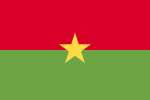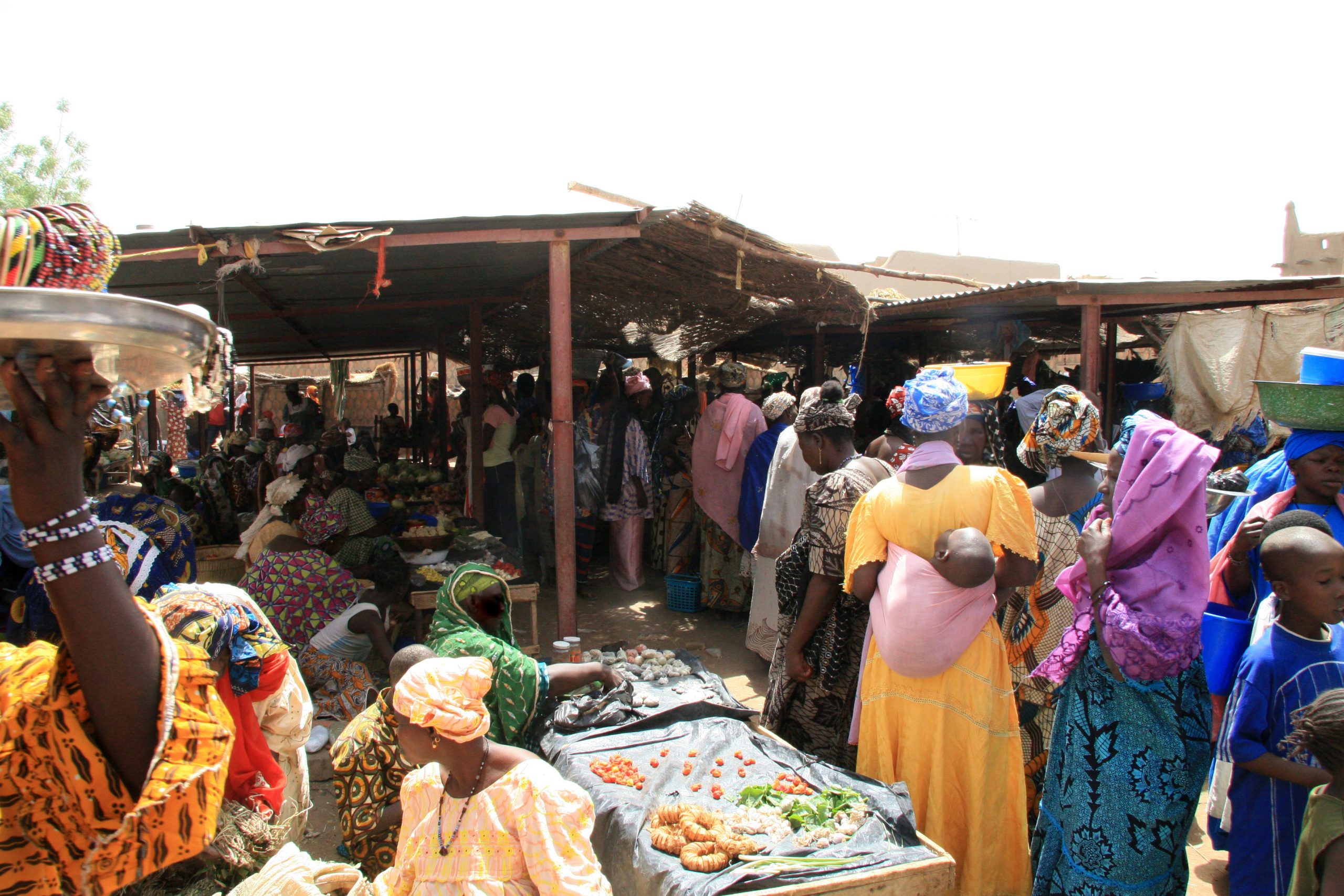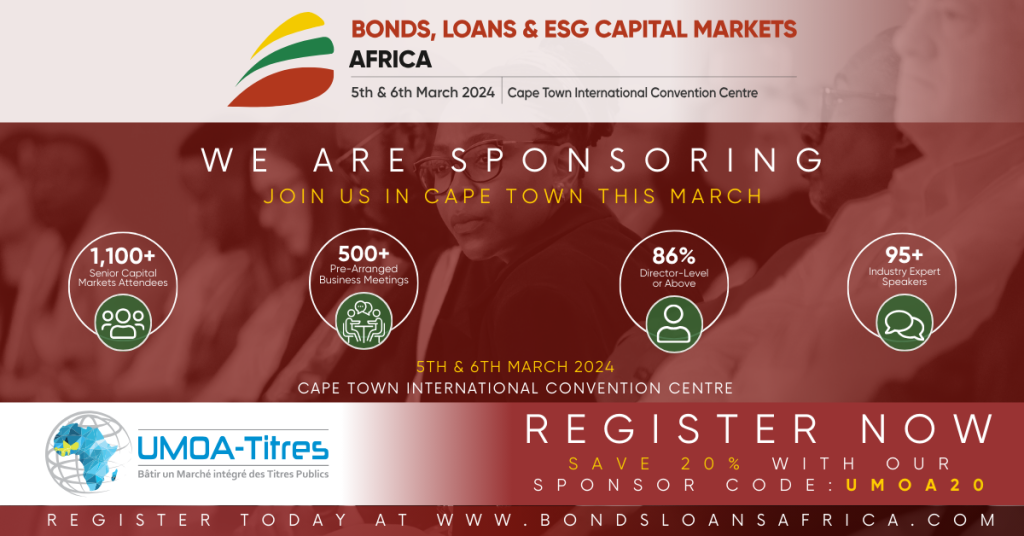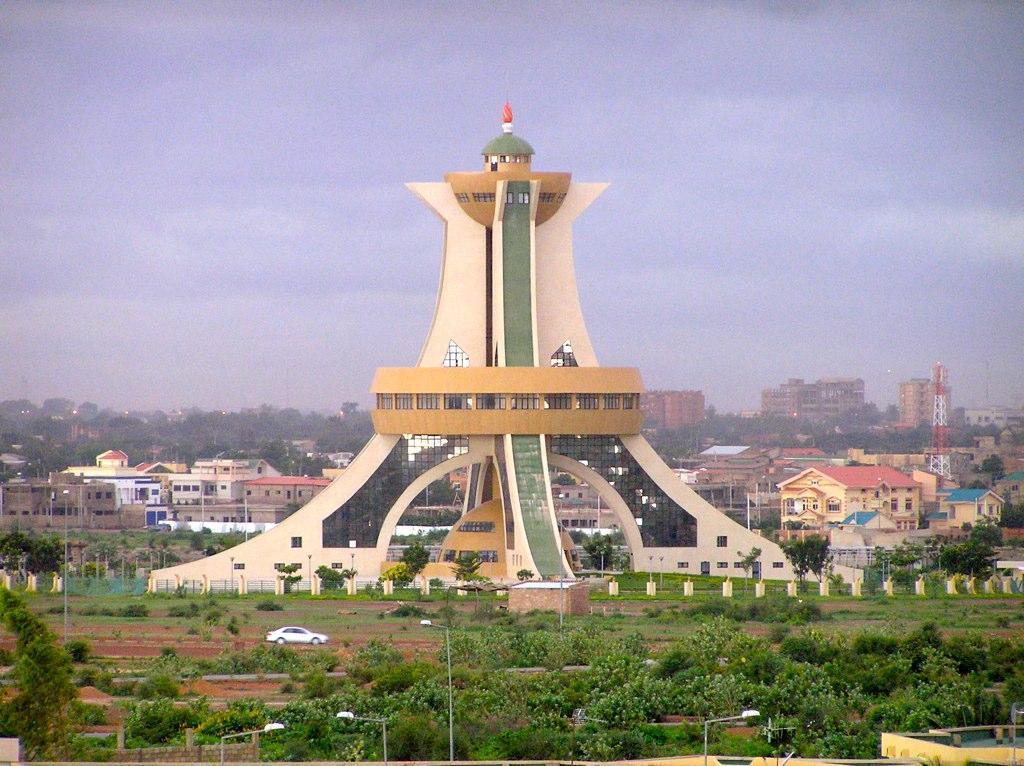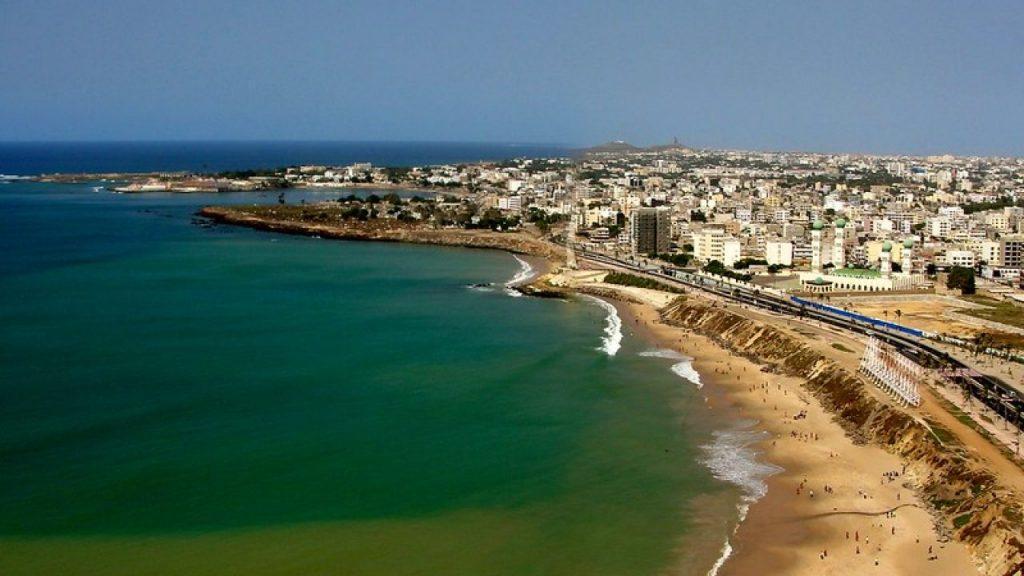The largest country in the WAEMU zone, Mali is characterized by its extremely young population (50.1% under 15 years of age) and its strong economic potential in the extractive industries sector and agriculture through gold and cotton. Despite the security challenge, the Malian economy experienced good performances between 2017 and 2019, with an average growth rate of 4.9%. After a decline of 1.2% in 2020 due to the negative impact of COVID-19, the country’s economic activity rebounded in 2021 with an estimated growth rate of 3.1%. This recovery was consolidated in 2022 with growth estimated at 3.7%, driven by the tertiary sector and the extractive industries. Mali’s economic outlook of remains favorable in the coming years when macroeconomic indicators evolve on a path of sustained growth, in line with the continued implementation of the Strategic Framework for Economic Recovery and Sustainable Development (CREDD).
Dynamic growth driven by the primary and tertiary sectors.
The nominal Gross domestic product (GDP) increased from 10,052.8 billion in 2020 to 10,614.0 billion in 2021, representing a wealth creation of 561.2 billion CFA francs in one year. According to the forecasts of the National Institute of Statistics (INSTAT), the GDP would be 11,456.1 billion CFA francs in 2022.
Mali’s economic performance is highly dependent on performances of the primary and tertiary sectors. In contrast to the other countries of the WAEMU, the primary sector remains the main contributor to Mali's GDP, thanks to the importance of cotton production. Despite a slowdown in growth from 8.0% in 2016 to 1.5% in 2021, the primary sector contributed an average of 36.9% to GDP over the period 2016-2021. The primary sector is expected to experience a good performance in 2022 and 2023 with an expected growth rate of 3.7% and 5.1% respectively.
For the tertiary sector, it remains the country's second largest source of wealth creation, mainly driven by trade. The breakdown of GDP into structure reveals that its contribution is growing gradually, from 33.5% in 2019 to 34.4% in 2020 before reaching 35.4% in 2021. The contribution of the primary sector to GDP is expected to remain stable at around 35.0% in 2022 and 2023. The tertiary sector experienced strong growth in 2021 (+6.0%). However, growth in this sector is expected to slow down in 2022 to 4.1% before accelerating in 2023 to 5.0%.
As for the secondary sector, it experienced irregular growth over the period 2016-2022. Growth in the secondary sector accelerated over the period 2016-2018 from -0.4% in 2016 to 9.0% in 2017 before slowing down over the period 2019-2021 from 4.9% in 2019 to 0.4% in 2021. However, the outlook for the sector remains good with growth projected at 2.4% and 5.4% respectively in 2022 and 2023 driven by the good performance of the extractive and manufacturing industries.
A national plan geared towards development priorities
Like other countries in the WAEMU zone, Mali has adopted a national development plan for the period 2019-2023 called the Strategic Framework for Economic Recovery and Sustainable Development (CREDD). This new framework is in line with the CREDD 2016-2018 and integrates the Sustainable Development Goals (SDGs) as well as the African
Union’s 2063 Agenda.
The CREDD 2019-2023 is presented as a response to the country’s development priorities. Its vision is to build “well-governed Mali, where the harmonious living together of the different components of society is restored, peace consolidated and collective and individual security ensured in unity, cohesion and diversity, where the process of wealth creation is inclusive and respectful of the environment and where human capital is valued for the benefit of young people and women”.
The objective of the CREDD is to promote inclusive and sustainable development for the reduction of poverty and inequality. It is structured around five main axes:
– Consolidation of democracy and improvement of governance.
– The restoration of peace, security, and the strengthening of living together.
– Inclusive growth and structural transformation of the economy.
– Protecting the environment and building resilience to climate change.
– Human capital development
According to the December 2021 report on the implementation of multilateral surveillance of the WAEMU Commission, the effective implementation of the CREED 2019-2023 and the Action Plan of the Transitional Government (PAG 2021-2022) should enable the country to achieve the macroeconomic objectives over the period 2022-2026. The following are:
– An average growth rate of 5.2 per year.
– A gradual reduction of the budget deficit to achieve fiscal consolidation from 2024.
– An increase in the tax burden rate to reach 17.5% in 2026.
– A maintenance of the debt ratio at around 50%.
For a more complete view of Mali’s economy and investment prospects, download the country’s briefing note available here.




